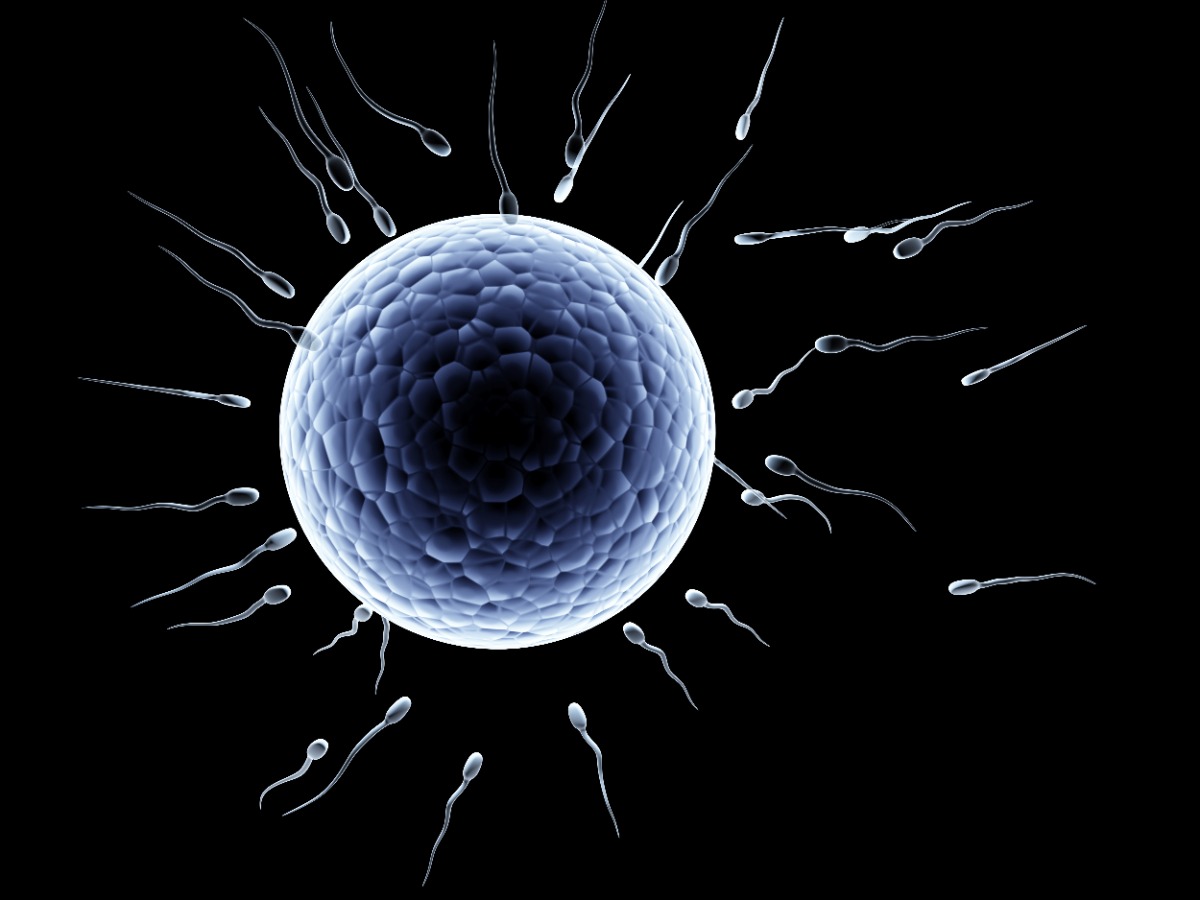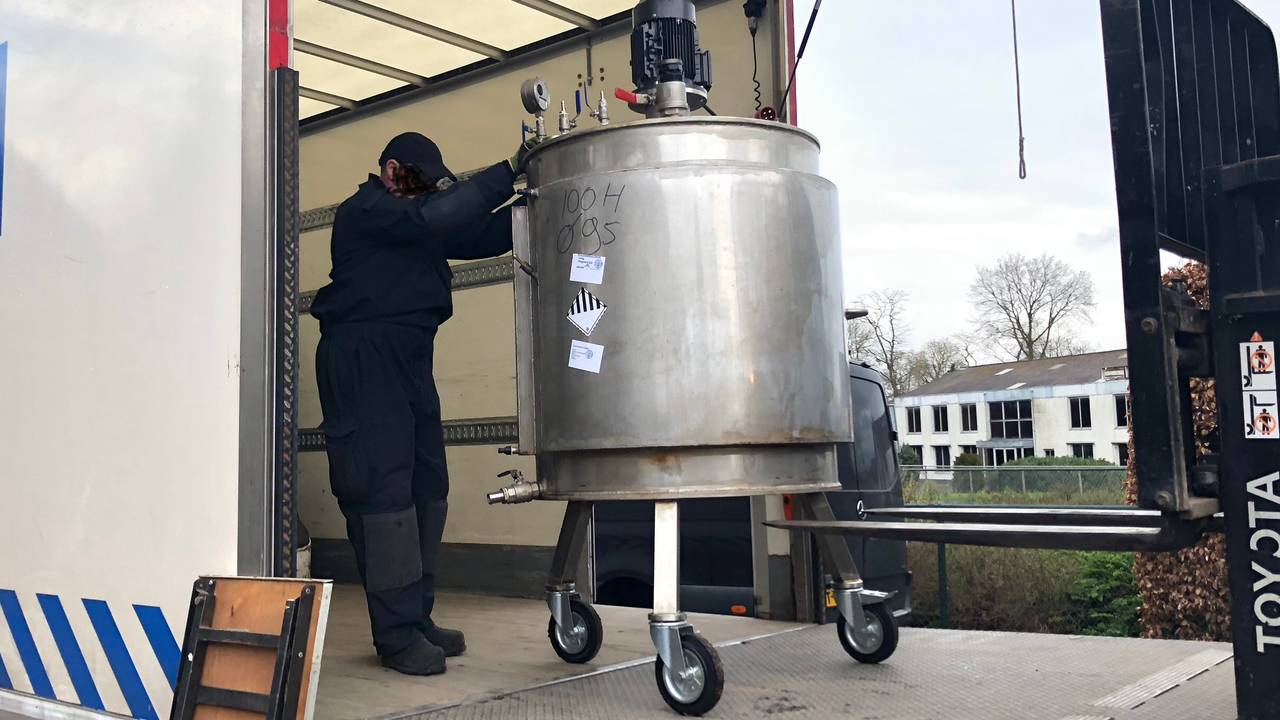Researchers from Oregon Health & Science University (OHSU) have developed a promising new method of treating infertility by converting skin cells into eggs capable of producing viable embryos. The study was conducted in mice and involved the somatic cell nuclear transfer technique – the method used in 1996 to clone the world’s first mammal, Dolly the sheep.
Halving of chromosomes
The researchers induced the nucleus of the skin cell to halve its chromosomes so that it could then be fertilized by a sperm and produce a viable embryo, as they reported in the scientific journal Science Advances.
Who can benefit from the method?
“Our goal is to produce eggs for patients who don’t have their own,” said study lead author Sukrat Mitalipov, director of OHSU’s Center for Embryonic Cell and Gene Therapy. The technique could in the future help older women who want to experience motherhood or women of reproductive age who are unable to produce their own eggs due to undergoing cancer treatments or for other medical reasons. At the same time, it paves the way
so that male couples can have children who will be biological children with genetic material from both their parents.
“Cutting” a path to egg production
The OHSU researchers took a… shorter path to the production of the eggs compared to other groups which until now initially converted adult cells into induced pluripotent stem cells (iPSCs), which then differentiated into oocytes. They essentially skipped the time-consuming and difficult step of creating iPSCs through the somatic cell nuclear transfer method which ultimately resulted in… mouse embryos that had chromosomes from both their parents.
The three stages of the process
The process followed by the researchers included three stages:
- Transplantation of the nucleus of a skin cell into an ovum from which the nucleus has been removed.
- Pushed by the cytoplasm (the fluid that is the main body of cells and made up of water, proteins and organelles such as mitochondria) inside the egg, the nucleus of the skin cell loses half its chromosomes. This process is similar to meiosis, one of the processes of cell division. This step is “key” leading to eggs with only one set of chromosomes.
- Fertilization of the egg with a sperm through artificial insemination. With this process, an embryo with two sets of chromosomes is finally created which can lead to the birth of healthy offspring with an equal gene contribution from both parents.
Thorough sequencing of the egg’s chromosomes
OHSU scientists had initially shown that this approach could be effective in a study published in January 2022. However, they now went a step further by thoroughly sequencing the egg’s chromosomes.
As they saw, the nucleus of the skin cell separated its chromosomes each time it implanted in the egg. On rare occasions this took place in a perfect manner. “In the next phase of our research we will determine how we enhance the correct separation of each pair of chromosomes,” noted Dr. Mitalipov, who was the lead author of the new study.
The great advantage of the new method
For her part, Dr. Pola Amato, professor of Obstetrics and Gynecology at the OHSU School of Medicine who was also an author of the study, emphasized that the great advantage of the new method is that it “completely eliminates the cell reprogramming step. We thus save the long culture period required for reprogramming the cells. It takes several months for reprogramming during which many deleterious genetic and epigenetic changes can take place.”
Study on human eggs
The research team is now studying this technique in human eggs. However, according to Dr. Amato, it will take years before it can be ready for widespread application in clinical practice. “Our study provided important new knowledge. However, there is still a lot of work to be done to understand how chromosomes pair and divide in the laboratory so that we can reproduce conditions in nature.”
#Fertility #Skin #cells #give #birth #eggs #capable #producing #viable #embryos

